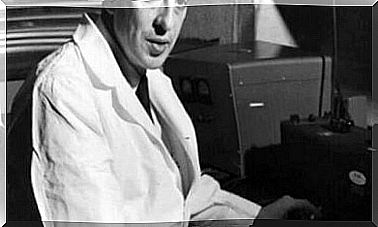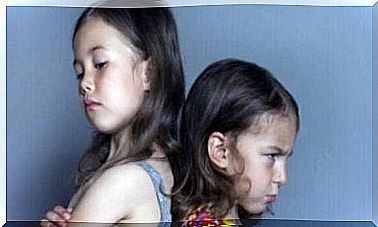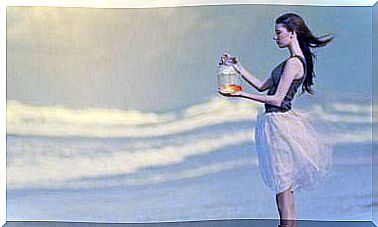Psychopathology And Creativity: Is There A Connection?
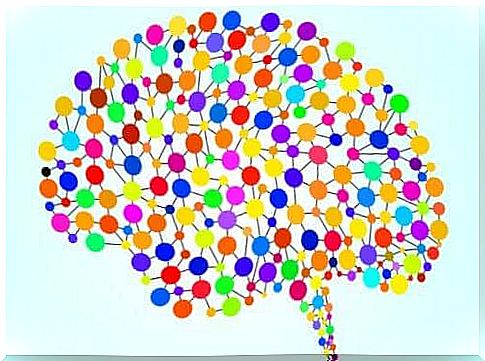
The relationship between psychopathology and creativity has received much interest for hundreds of years. Aristotle, for example, knew that most outstanding scientists, artists, and other highly creative people were prone to melancholy. In fact, creative people like Ernest Hemingway, Virginia Woolf, Edgar Allan Poe, Vincent Van Gogh, and Edvard Munch all had some form of mental illness, and it had to do with their creative process.
Even today, the study of the relationship between psychopathology and creativity is still demanding and difficult.
- First and foremost, because experts still have not found a scientific and formal way to measure something as intangible as creativity, to really learn more about this relationship.
- Second, because mental disorders are highly variable. In addition, as they say in the clinical world, there are “as many psychoses as there are people”.
- This brings us to the third cause, which justifies how difficult it is to measure this relationship. Although much progress has been made in neuroscience, the human psyche remains a major mystery.
The study of the relationship between psychopathology and creativity

As a starting point, we can say that the study of the relationship between psychopathology and creativity began after the 17th century. This was possible after accepting that the first variable could be receptive to measurement. In other words, creativity was no longer an intangible variable that could not undergo scientific study.
Authors such as Galton, Silverman, and Brain, among others, postulated from a naturalistic perspective that creativity was not an extraordinary phenomenon, but a common one with biological foundations. Although this now seems obvious, it had not actually been considered even before these authors appeared. In addition, they observed that people with high creative performance often had symptoms of depression or bipolar or neurotic disorders.
However, they soon concluded that this relationship needed stricter studies, and not just by participating in case studies. Since then, there have been three ways or methods that study the influence of psychopathology on creativity:
- Through biographical studies of creative people throughout history. The results obtained by using this method are neither precise nor decisive. However, they are interesting.
- Analysis of the psychopathology of creative people. Through the use of inventory, scales and clinical calculations for people in creative professions. Here the intention is to decide whether there is a higher incidence of mental disorders or not, and if so, under which category you should place them (affective or psychotic, among others).
- By studying creativity in psychiatric patients. The basis for this method lies in the principle which is the opposite of the latter method. If the first one looks for psychopathology in creativity, this one is looking for creativity in psychopathology. However, most research focuses on patients with bipolar disorder or schizophrenia.
What does neuroscience say about this relationship?
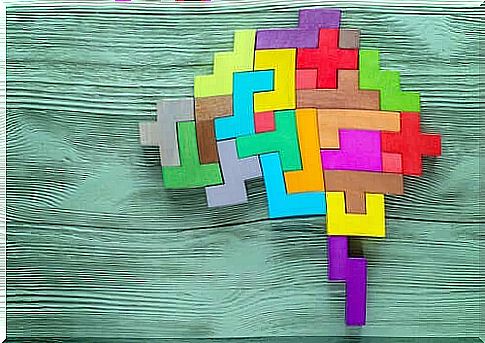
Researchers have conducted several neuroscience studies in recent decades to try to find a connection between these two variables.
Although the results are quite different – even contradictory at times – they indicate that “there is a link between mental illness and / or obvious behavioral disorders” (Escobar and Gómez-González, 2006). In fact, these studies link creativity to alcoholism, suicide, major depression, bipolar disorder, schizophrenia, and cerebral dysfunction deficits (epilepsy, autism, etc.).
Once again, however, we can say that this relationship is still unequivocal. There is currently no clear consensus among the experts. At the neuroanatomical level, there is a connection between creativity and the function of the prefrontal cortex, which is responsible for higher cognitive functions, as well as the limbic system that controls the physiological responses to emotional stimuli. However, experts point out that the key lies in the flow of information that “runs” through the areas of the brain involved in creativity.
Thus, we can conclude that even though we still have a long way to go, our creativity is undoubtedly affected by the mental disorders in which the mentioned structures are changed. Nevertheless, mental illness is not a decisive factor or enough to make anyone creative.




